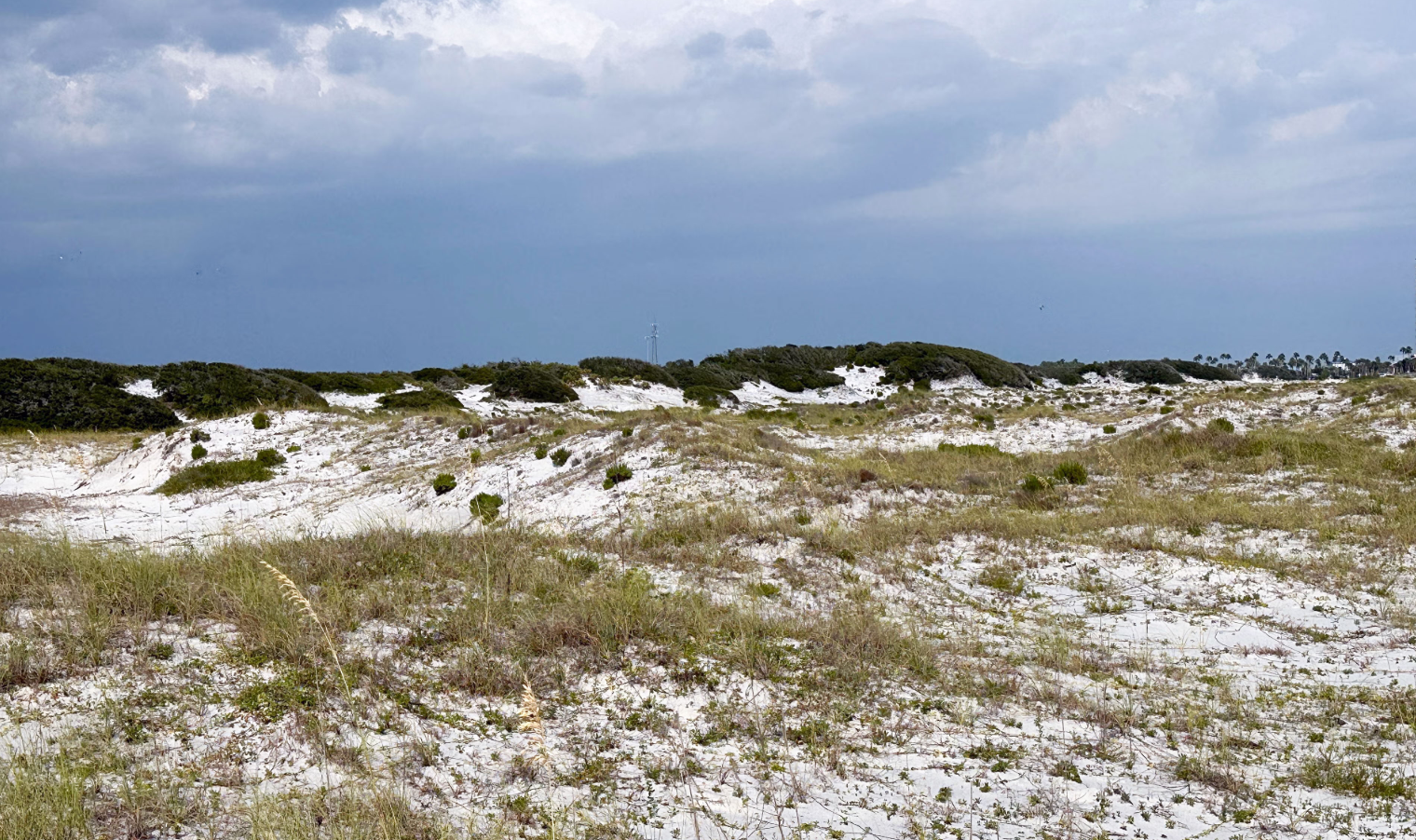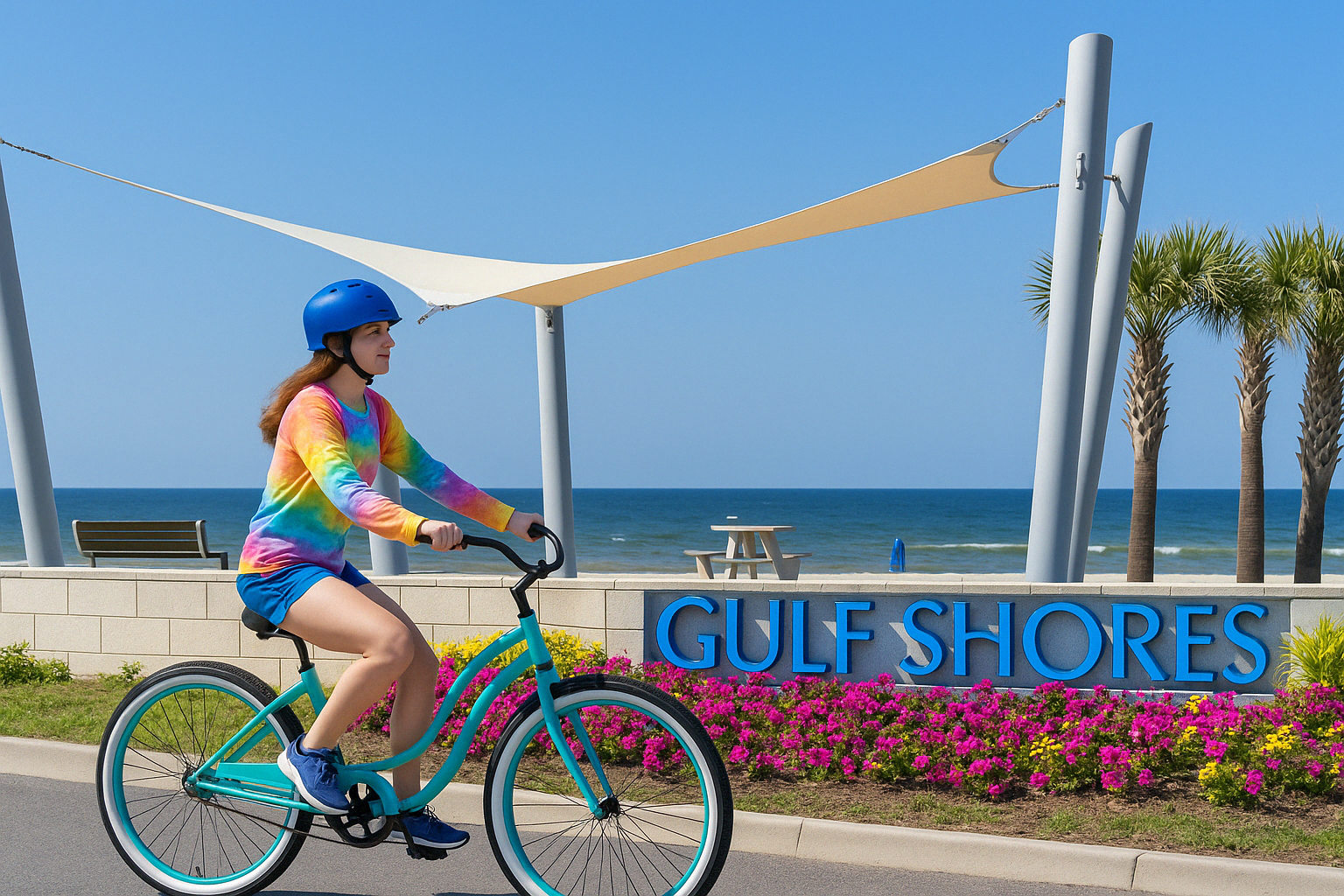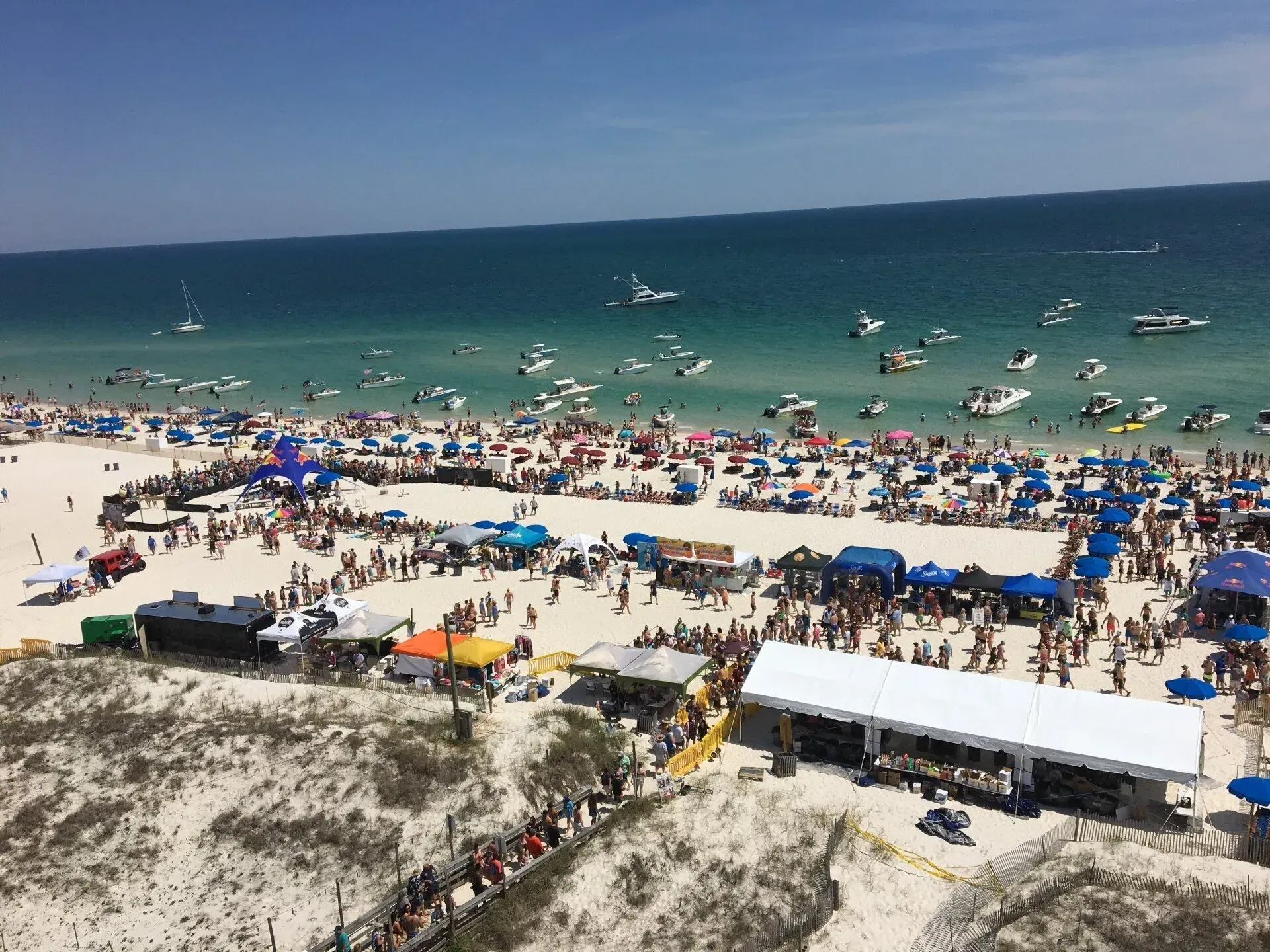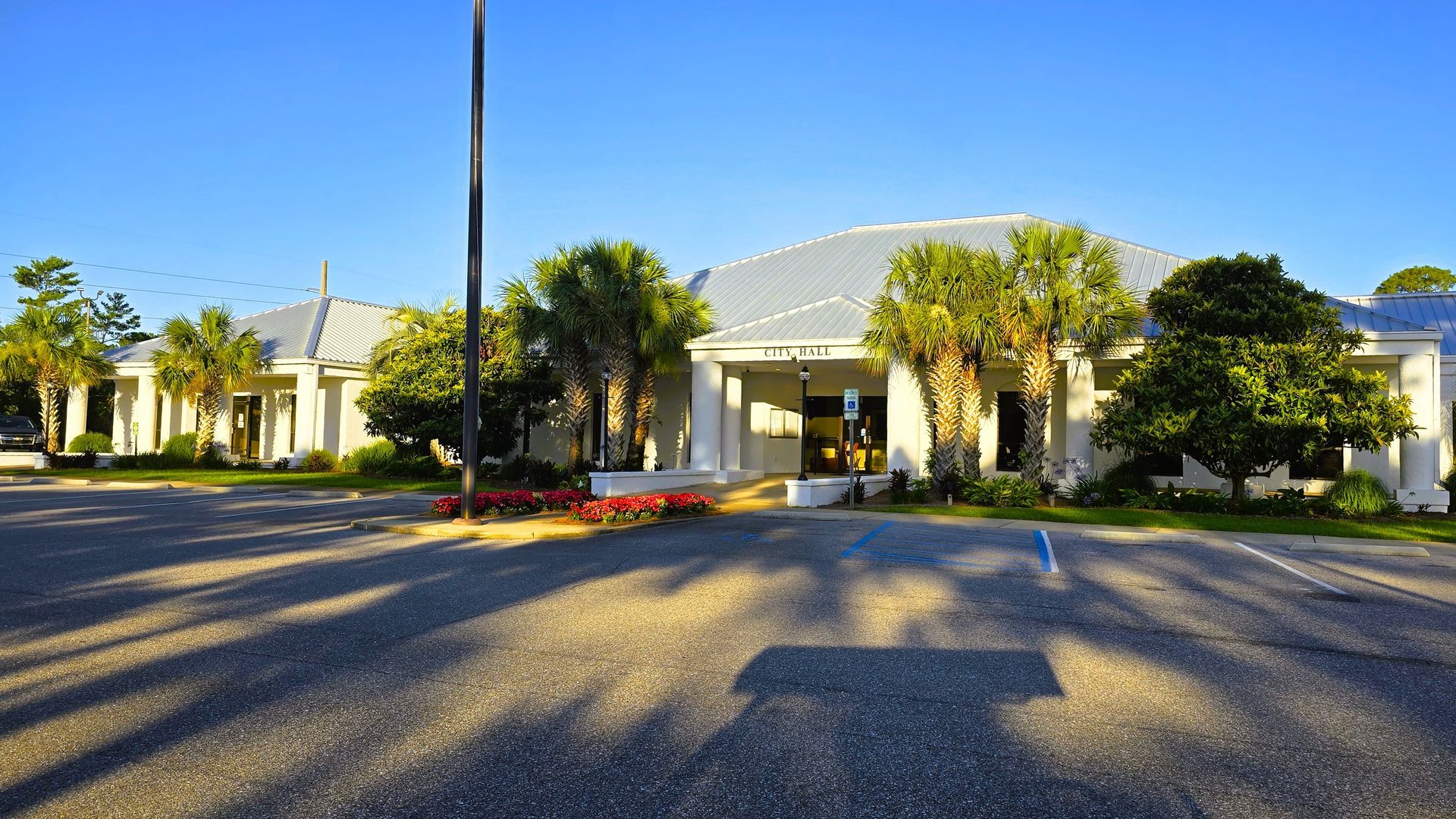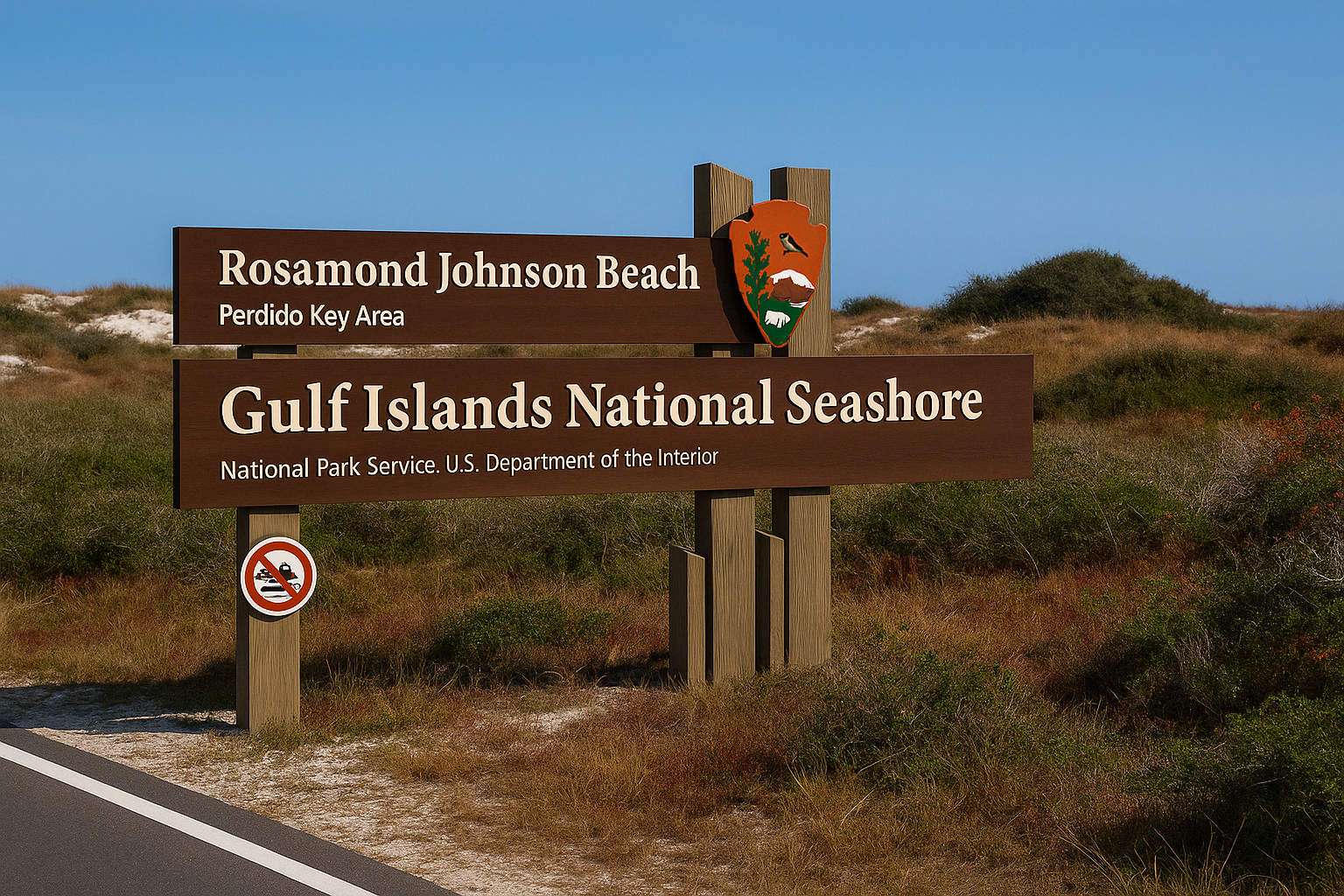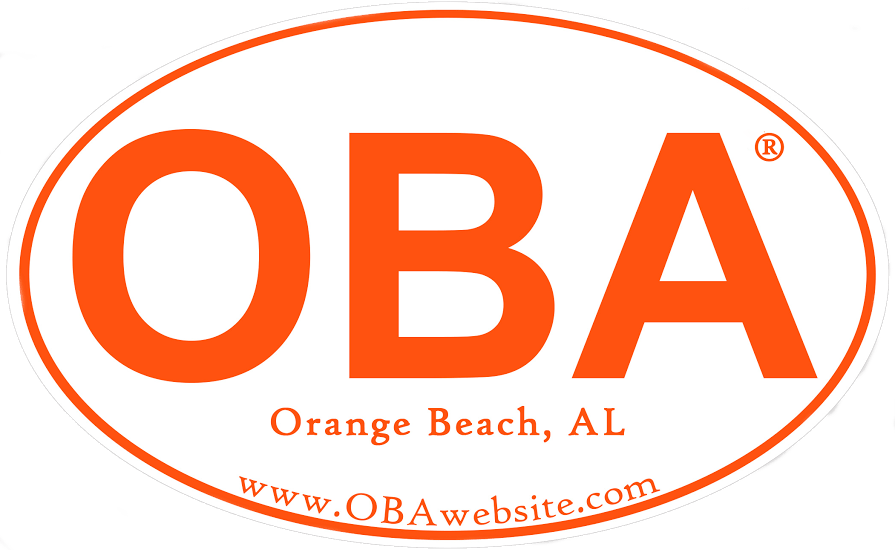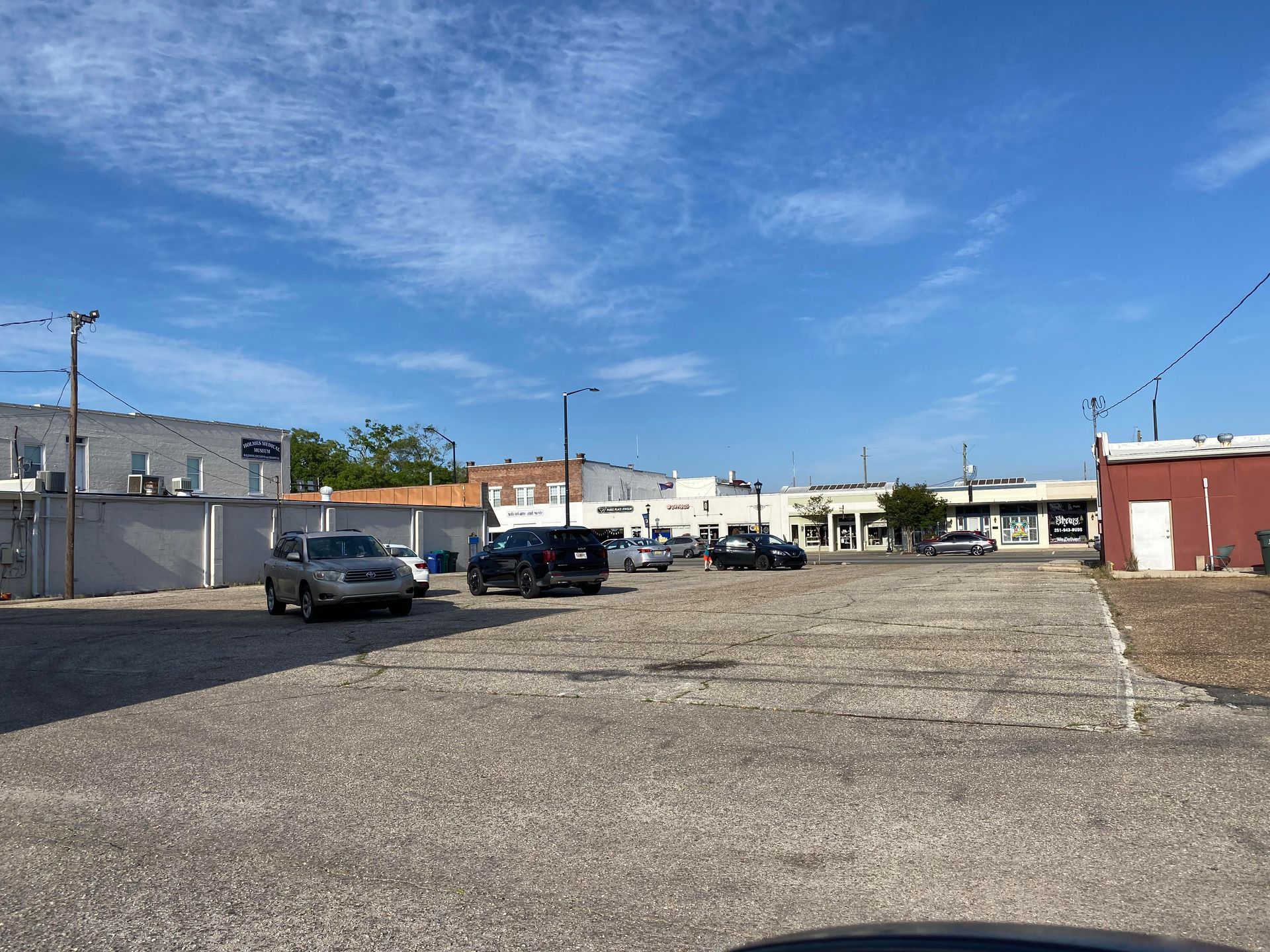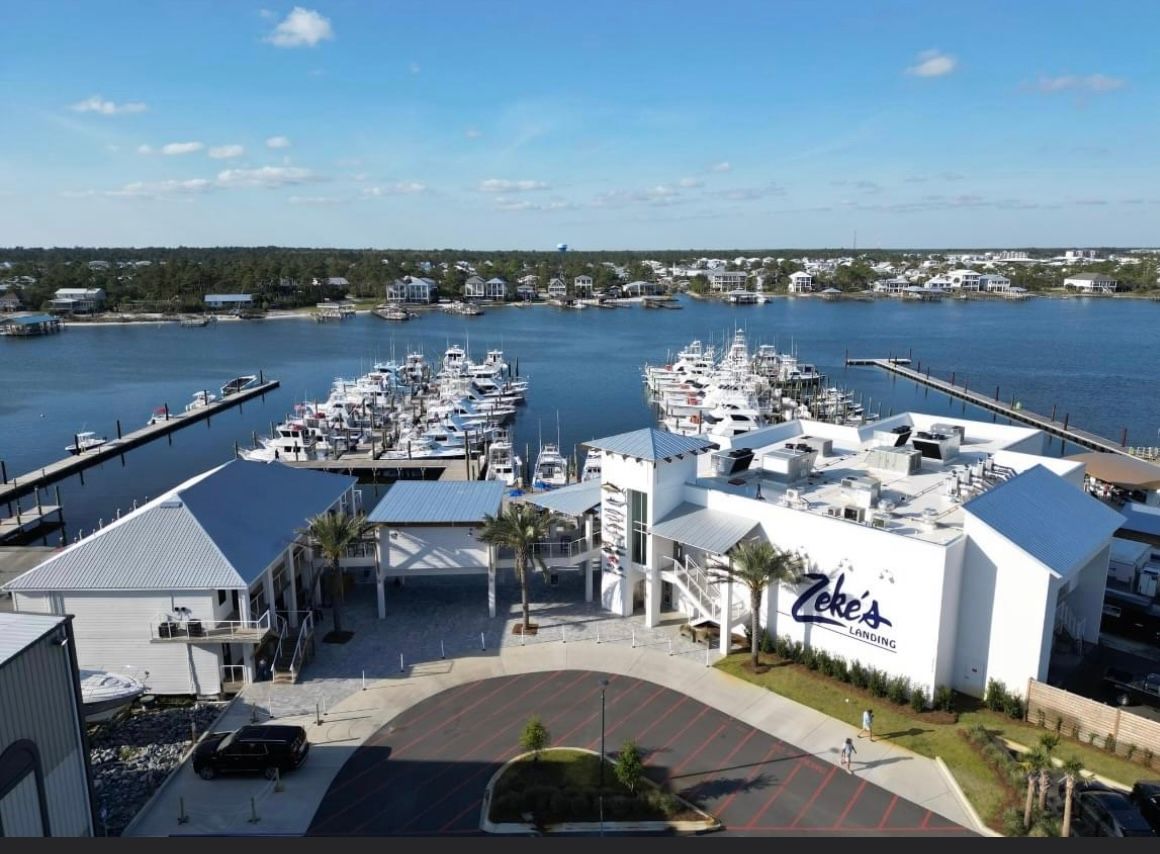Sea, Sand, Stars Facility in Orange Beach Secures Major Funding
GOMESA Grant to Fund Upgrades at Orange Beach's Learning
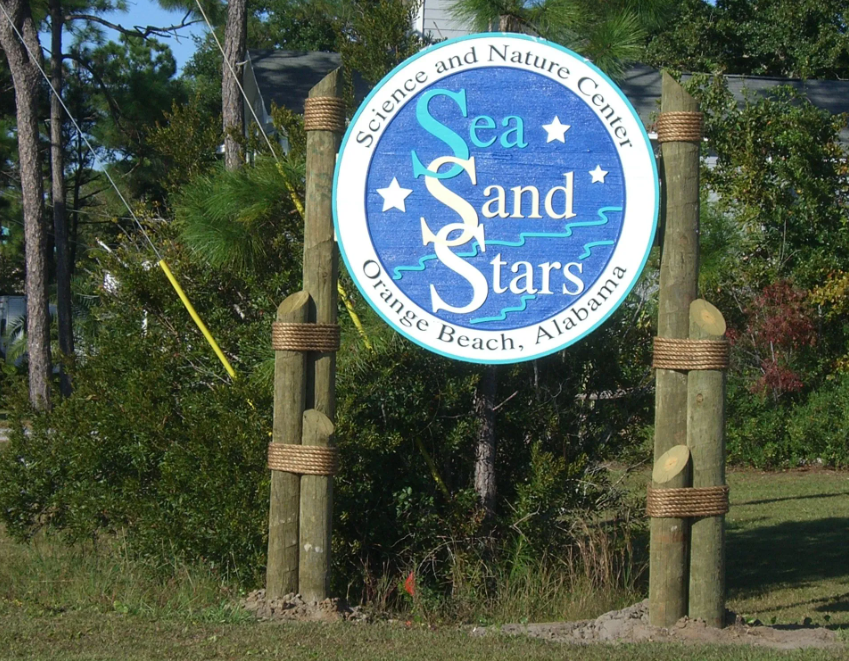
Orange Beach, Ala. –(OBA) – Orange Beach School Superintendent Randy Wilkes is feeling grateful after his project to upgrade the system's Sea, Sand, Stars interactive facility received a GOMESA grant with its first application.
“There were funding requests for $150 million and they awarded $30 million total,” Wilkes said. “We’re really excited and very appreciative of Commissioner (Chris) Blankenship and the team that reviewed the applications.”
Wilkes said the environmental learning center built in 2007, formerly used for field trips for other county schools as well as Orange Beach students, was in need of upgrades.
“In 16 years, it’s done great serving our community really well,” Wilkes said. “There were some things we needed to improve upon. With so much salt water in that space, the dehumidifiers and everything we needed to upgrade some of those aspects.”
The grant was just shy of $1 million and many improvements were included in the application of how the school system wanted to use the money, including adding a minimum of nine new exhibits. Wilkes said mechanical systems will be upgraded, walls freshly painted, and new flooring put down.
GOMESA is money from the Gulf of Mexico Energy Security Act from oil and gas leases in Alabama, Mississippi, Louisiana and Texas. The program first started in 2007. It is administered through the Alabama Department of Conservation and Natural Resources where Blankenship is the commissioner.
While the primary use will be for OBES students and one of Wilkes’ favorite things is how the kids will be a part of the new displays.
“I think what’s going to make this unique if you think about an environmental learning center is our kids will be telling the stories behind the endangered species, the speckled trout, the flounder, the BP oil spill, Hurricane Sally,” Wilkes said. “We have a kiosk system that will be set up when we reopen.”
Each kiosk will have a TV screen and will play a message from a student on the topic currently on the kiosk.
“If we have an exhibit of a seahorse, our kids will introduce themselves and say I attend Orange Beach Elementary School and this is our seahorse, its habitat, this is their life expectancy, this is what they feed on,” Wilkes said. “Just a little 30-second video of our kids telling our story.”
“When you get over to the exhibit that deals with the eye of the hurricane or the eye of the storm it might be ‘my parents lived through Ivan and this is our house, here’s the wind speeds, this is the amount of rain that we had and here are things my parents learned from that experience.’ Again, it’s our kids telling our story.”
The new layout will include the different environmental ecosystems starting with the Perdido Bay Watershed, the beach, bugs and bogs and the Gulf of Mexico.
“We go to the Gulf of Mexico with the 5,000-gallon saltwater tank,” Wilkes said. “On the southern walls, you’re looking at more of a beach-type scene. Everything from protecting endangered species to the flag system that we have on our beaches. There’s the touch tank area and coming back toward the north you get into bugs and bogs inland type of environment. It's very purposeful the way it’s laid out and the spacing and everything.”
Atop the tank, an oil rig will be added lending a segway to talk about the BP oil spill, barnacles growing on its beams and oysters and the local oyster beds.
In the summer, the center will be opened to the public and during school, some special groups like snowbirds will have the opportunity to visit.
“It's going to be a great educational tool for preservation and conservation purposes,” Wilkes said. “It also helps us tell our story, which, I think, is very unique in Orange Beach and it’s a story that needs to be told and something other communities can learn from. Hopefully, they’ll gain an appreciation and protect our environment.”
A start date and target are hard to set at this early date, but Wilkes is hoping for the summer of 2025 but it could stretch into 2026, he said.
Here are the other projects in Baldwin County funded through GOMESA:
- Fairhope Flying Creek Nature Preserve Phase II: $1.3 million
- Summerdale Miracle League Ballfields: $1.5 million
- Loxley Municipal Park Wetlands Acquisition Project: $650,000
- Town of Perdido Beach Comprehensive Drainage Improvements: $307,670
- Blakeley Park Waterfront Access Improvement Project: $1,970,500
- Daphne Sewer Lift Station Permanent Bypass Pumps – Priority 1: $499,500
- Daphne Sewer Lift Station Permanent Bypass Pumps – Priority 2: $445,500
- Honor Park – A City of Spanish Fort Project: $3 million
Pojects funded in Mobile County include:
- City of Creola Park, Conservation and Education Project: $1,000,000
- Dauphin Island Middle Beach Access Improvements: $1,500,000
- Meaher State Park Headquarters Camp Store Project: $1,100,000
- Mobile County Cedar Point Boat Ramp Phase II: $2,753,440
- Dauphin Island Sea Lab’s Manatee Sighting Network: $182,461
- National Maritime Museum Improvements (Mobile): $2,250,000
- Saraland Water and Sewer System Upgrades: $1,523,700
- Mobile Riverfront Park Enhancements – Phase II: $3,023,667
- Dauphin Island Sewer Collection System Improvements 2024: $2,965,981
- Mobile County/TNC Coden Bayou Land Acquisition Project: $753,575
- City of Prichard Sweeney Lane Bridge: $650,000
- Alabama Aquarium Improvements (DISL): $200,000
- USA Lower Alabama Beach Education Facility: $250,000
Share this article w/ Friends...
